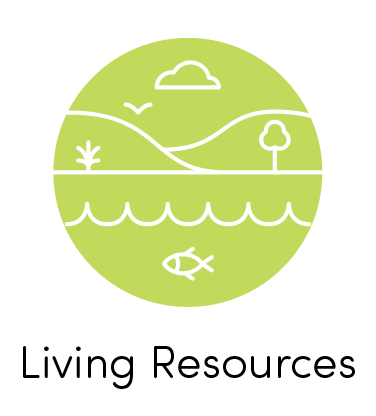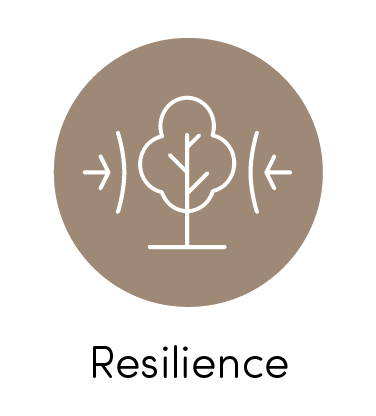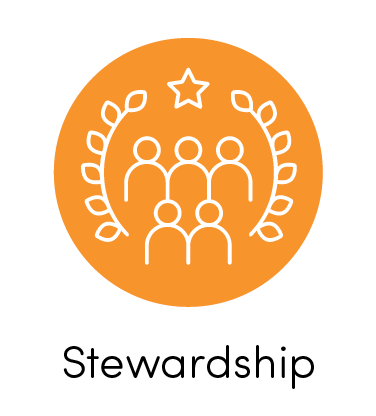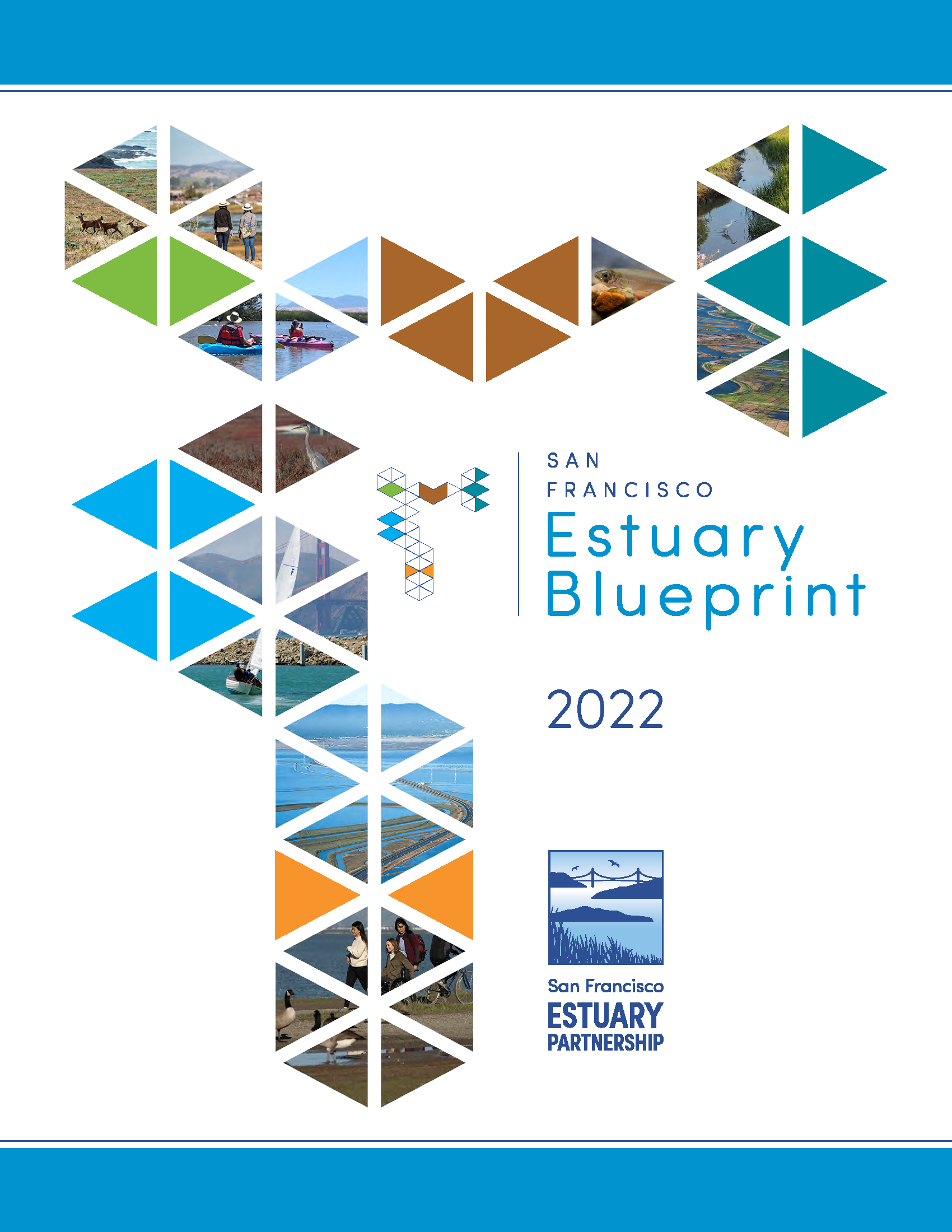Action 6: Sediment
← Back to Estuary Blueprint Actions
Manage sediment and soil on a regional scale and advance beneficial use.
Manage fine and coarse sediments and upland soils on a watershed and regional scale to enhance Estuary habitats and shoreline flood protection efforts through research to inform policy, evaluation of methodology, development of management tools and convening structures, and identification of funding opportunities for regional sediment coordination for beneficial reuse.
Overview
Sediment provides the fundamental building material for estuarine ecosystems, habitat restoration, and shoreline protection. While watersheds naturally transport sediment with stream and river flows, human activities such as channeling, damming, and developing shorelines have led to a dramatic decrease in the Estuary’s sediment supply. Moreover, most dredged sediment is not beneficially reused — this critical issue must be resolved for the region to meet its restoration goals and to adapt to sea level rise. This Action has been updated to prioritize the responsible and beneficial reuse of dredged materials for restoration.
Task Description
Increase the amount of beneficial reuse of dredged sediment by maximizing implementation of the Long-Term Management Strategy (LTMS) beneficial reuse goal, through scientific evaluation of dredging and beneficial reuse impacts to inform permitting and regulatory policy.Task Lead(s)
LTMS Partner Agencies (U.S. Army Corps of Engineers, San Francisco Bay Conservation & Development Commission, San Francisco Bay Regional Water Quality Control Board, U.S. Environmental Protection Agency)Task Collaborating Partner(s)
California Department of Fish & Wildlife, National Oceanic and Atmospheric Administration, U.S. Fish & Wildlife ServiceCost Estimate Key
|
Cost Estimate
$$Milestone(s)
Report documenting net impacts/benefits of beneficially reusing sediment from hydraulic dredging and, if deemed appropriate under the San Francisco Bay Regional Water Quality Control Board’s California Environmental Quality Act (CEQA) analysis, incorporating beneficial reuse of hydraulically dredged material into the U.S. Army Corps of Engineers multi-year permit.Task Description
Pilot shallow water placement of sediment in restoration projects and conduct pre- and post-placement modeling and monitoring such that the regulatory agencies can evaluate the benefits and impacts.Task Lead(s)
California State Coastal Conservancy, San Francisco Bay Conservation & Development Commission, U.S. Army Corps of EngineersTask Collaborating Partner(s)
California Department of Fish & Wildlife, National Oceanic and Atmospheric Administration, San Francisco Bay Regional Water Quality Control Board, U.S. Environmental Protection Agency, U.S. Fish & Wildlife ServiceCost Estimate Key
|
Cost Estimate
$$$Milestone(s)
2016 Water Resources Development Act Resilient San Francisco Bay Strategic Placement Project and associated monitoring completed.Task Description
Update contaminant screening criteria and risk assessment methodology for dredged sediment and upland soils.Task Lead(s)
San Francisco Bay Regional Water Quality Control BoardTask Collaborating Partner(s)
California State Coastal Conservancy, Centers for Disease Control and Prevention, San Francisco Bay Conservation & Development Commission, San Francisco Estuary Institute, U.S. Environmental Protection Agency, U.S. Fish & Wildlife ServiceCost Estimate Key
|
Cost Estimate
$$Milestone(s)
Revised Beneficial reuse of Dredged Materials: Sediment Screening and Testing Guidelines and Master Quality Assurance Project Plan for upland material reuse at the Don Edwards San Francisco Bay National Wildlife Refuge.Task Description
Improve coordination of dredged sediment supply with demand to reduce sediment disposal and increase beneficial reuse by convening a long-term working group that includes restoration community practitioners, dredgers, and regulators. This group will coordinate a regional approach and develop a programmatic roadmap for beneficial reuse opportunities and increase the use of SediMatch by dredgers and restoration practitioners.Task Lead(s)
San Francisco Bay Conservation & Development Commission, San Francisco Estuary InstituteTask Collaborating Partner(s)
San Francisco Bay Joint Venture, San Francisco Bay Regional Water Quality Control Board, U.S. Environmental Protection AgencyCost Estimate Key
|
Cost Estimate
$$Milestone(s)
One to two meetings of a long-term working group convened and one to three workshops held with small dredgers.Task Description
Secure federal and non-federal (state and local) long-term funding sources for the incremental cost of beneficial reuse of dredged sediment beyond the U.S. Army Corps of Engineers least cost alternatives (Federal Standard), including costs to deliver and place sediment at beneficial reuse projects on the Estuary’s shoreline.Task Lead(s)
California State Coastal Conservancy, San Francisco Bay Conservation & Development CommissionTask Collaborating Partner(s)
San Francisco Estuary Partnership, U.S. Army Corps of EngineersCost Estimate Key
|
Cost Estimate
$$$$Milestone(s)
Long-term funding program, cost-shared with federal and non-federal funds, established for the incremental cost of beneficial reuse of dredged sediment for projects across the Estuary.Task Description
Obtain funding for research efforts to address the 16 critical knowledge gaps identified in the 2021 Sediment for Survival Report.Task Lead(s)
San Francisco Estuary InstituteTask Collaborating Partner(s)
San Francisco Bay Conservation & Development Commission, San Francisco Bay National Estuarine Research Reserve, San Francisco Bay Regional Water Quality Control Board, Santa Clara Valley Water District, U.S. Army Corps of Engineers, U.S. Geological SurveyCost Estimate Key
|
Cost Estimate
$$$Milestone(s)
Technical reports addressing sediment demand for vertical accretion, lateral movement of sediment, sediment supply, and organic matter accumulation.Task Description
Synthesize research and data on sediment supply and demand under various future climate scenarios in the Delta to inform future sediment management and monitoring considerations.Task Lead(s)
Delta Stewardship CouncilTask Collaborating Partner(s)
San Francisco Estuary InstituteCost Estimate Key
|
Cost Estimate
$$Milestone(s)
Sediment supply and demand analysis for the upper Estuary report and sediment management and monitoring strategies under various future climate scenarios.Task Description
Task Lead(s)
Task Collaborating Partner(s)
Cost Estimate Key
|
Cost Estimate
Milestone(s)
Updates and Emerging Issues
The 2021 Sediment for Survival Report has articulated the urgent needs, possible sources, and practical methods of meeting the Estuary’s demand for more sediment.
Climate Change Considerations
Sediment is a requirement for tidal marshes, particularly in the Bay, to successfully adapt to rising sea levels; it is also in critically short supply. Without overcoming regulatory, financial, and jurisdictional hurdles, resource managers will not be able to deliver enough sediment to restoration projects to allow wetlands to accrete quickly enough to outpace sea level rise.
The ability of the region’s environments and communities to adapt to the impacts of climate change will be greatly diminished if the sediment supply issue is not resolved soon.
Equity Considerations
Communities that inhabit Estuary margins are considered frontline communities to climate change, due to their vulnerability to the impacts of sea level rise, while also often consisting of communities of color and lower income residents. Restoring tidal marshes is a critical adaptation strategy to protect frontline communities and will require significant increase in sediment supply.
Blueprint Goals



Connections to Other Actions
Watershed connections provide unique habitat and ecosystem services closely related to or dependent upon:
Action 1: Climate Resilience
Action 3: Adaptation Planning
Action 4: Adaptation Implementation
Action 5: Watershed Connections
Action 7: Carbon Management
Action 9: Intertidal / Subtidal Habitats
Action 10: Tidal Marsh
Action 14: Creeks
Action 16: Freshwater Flows
